



Besides Germany and Portugal, Denmark and Sweden, France and Spain are represented through their leading space specialists. As consortium these enterprises form the virtual European space company “WeLEA”.
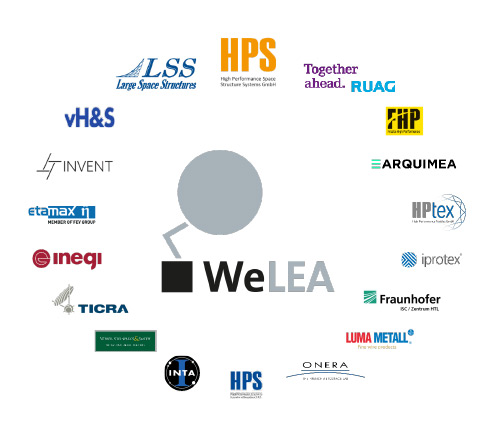
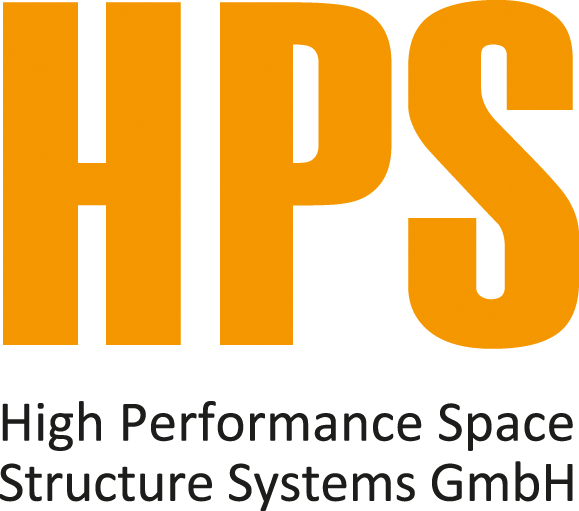
High Performance Space Structure Systems: Our name is our program, space is our life. Discover the full range of products and services offered by Europe’s specialist for mechanical/thermal space subsystems – discover HPS:
THE TEAM TO TRUST.
HPS Germany is responsible for the technical coordination of the whole Large Deployable Reflector Subsystem, the Deployable Arm and the mesh specification and characterization. HPS is appointed to be the primary contact for customers.
Our long experience in developing and building of advanced technologies and products for space applications expands from Reflector antennas, Large Deployable Reflector Subsystems and Deployable Sail Subsystems to Thermal Hardware, Nanosatellite Equipment, Lightweight Structures, Radiation Protection Components and Ground Support Equipment.

Large Space Structures GmbH, Germany, takes over the role of the deployable reflector assembly technical manager and is responsible for associated design, analysis, manufacturing and testing.
The company’s key person holds the most profound heritage in the field of large deployable reflectors in Europe, has developed so far more than 15 different kinds of deployable reflectors and had acted as a main manager from Georgian side on a 6m reflector technology development for the MIR space station with successful flight test as early as 1999.
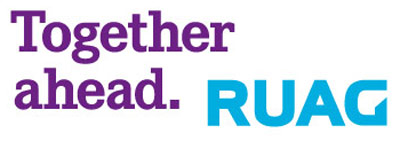
RUAG Space Germany, a member of the Swiss RUAG AG, is developing, building and testing the deployable hinges of the LEA deployable arm assembly and is responsible for all hold-down and release mechanisms of the LEA-subsystem. Since more than 20 years RSG (former HTS GmbH) specializes in mechanisms and mechanical components for space applications. In close cooperation with companies, universities and research institutes RSG develops innovative ideas, components and products for national and European space programs and industrial applications.

Weber-Steinhaus & Smith focuses on commercial advisory work and litigation at national and international level. Located in the Bremen Cotton Exchange, this select practice continues to provide advice in trade and commodity matters and is actively involved in arbitration.
Its fields of expertise range from contractual disputes, competition law and space law to insolvency law and company law. Notarial services of private and commercial nature are offered by Dr. Weber-Steinhaus.

OHB and Thales Alenia Space (Joint Venture between Thales, 66%, and Leonardo, 33%, France) are contributing to the review of potential reference missions and take care of accommodation aspects and system-level requirements. Both Large System Integrators (LSI) have a big overview on current mission demands and the needs from satellite point of view.
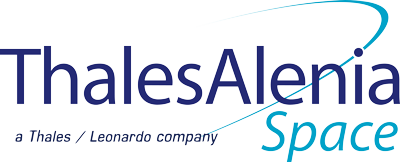
OHB and Thales Alenia Space (Joint Venture between Thales, 66%, and Leonardo, 33%, France) are contributing to the review of potential reference missions and take care of accommodation aspects and system-level requirements. Both Large System Integrators (LSI) have a big overview on current mission demands and the needs from satellite point of view.
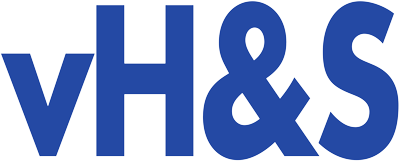
Specialist for electronics for scientific and commercial space missions is taking responsibility for the design and development of all on-board electrical equipment such as power, control, monitoring of all LEA mechanisms and the harness from LEA electronics to arm and antenna motor units. In addition, the SME delivers the Electrical Ground Support Equipment (EGSE) hardware that functions as interface to LEA electronics.
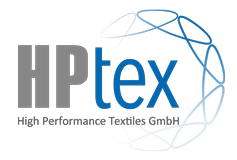
HPtex is the joint venture with equal shares of the Bavarian companies HPS GmbH and Iprotex GmbH & Co KG and bundles the expertise and competences of both shareholders. The mesh is the reflective material of deployable antennas and targets the future market in the Earth observation and telecommunication. The portfolio of HPtex comprises custom-made and high quality meshes suitable for reflectors with diameters up to 15 m and compliant with frequencies from L- up to Ka-Band (and in the medium term up to V-band).
Initial space applications are the mesh for CIMR, an Earth Observation Mission of the European Commission, and a series of small satellite antennas from the commercial NewSpace sector. In the domain of research and development, HPtex works closely with the leading institutions in the region, the Fraunhofer Institute in Münchberg and the University of Hof.

As a specialist for manufacturing of composite structures for aerospace applications, INVENT is going to manufacture the several meters long carbon composite booms for the deployable arm. The long years’ experience of this SME will lead to a very lightweight and highly accurate product, important for the whole antenna performance in space.
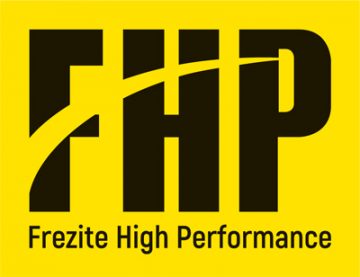
Besides its role as general project coordinator, FHP Lda will contribute on element-level with its extensive experience in deployable structures, composite materials and processes as well as thermal hardware: the company will provide highly accurate CFRP-struts with metallic end-fittings for the reflector assembly.
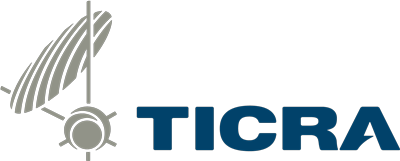
As the world’s leading supplier of accurate reflector antenna modelling software, TICRA (Denmark) will provide radio frequency (RF) simulations of the large reflector antenna performance throughout the LEA-project. The simulations will be based on a detailed RF-model of the LEA reflector and feed geometry of the PFM in the GRASP software. Simulated results will finally be correlated with measured RF-data.

ETAMAX Space will bring in its software engineering capacities for the development of the EGSE software for testing the deployment of the LEA controlling motors and sensors with different profiles Furthermore, ETAMAX will perform a meteoroid and space debris risk analysis ensuring a higher reliability and survivability of the antenna as support to the design team.

INEGI, the Portuguese Institute of Science and Innovation in Mechanical and Industrial Engineering from the University of Porto, will focus on development, design, manufacturing and integration of several ground support equipment (GSE) required for the LEA subsystem evaluation. This includes a zero-g device for reflector and arm deployment, the adaptors for vibration and TVAC testing as well as thermo-elastic distortion (TED) testing GSE.

INTA, the National Institute for Aerospace Technology in Spain, is going to provide thermal, vibration, and shock tests for both arm and the reflector on stowed configuration as well as associated tests on component level including PIM and RF reflection losses on sample level. INTA contributes well to the project with its large facilities and related test experience and wants to develop its service area to meeting the requirements for testing large deployable structures.

Airbus Defence & Space runs the Antenna Test Center in Ottobrunn and will conduct the final RF-performance testing of the LEA PFM. This project will be another application for the newly developed measurement tool for large antennas, moving above a static item under test. Standard RF test equipment collides with boundary conditions of necessary test setups in order to successfully simulate space environment for such large antennas.